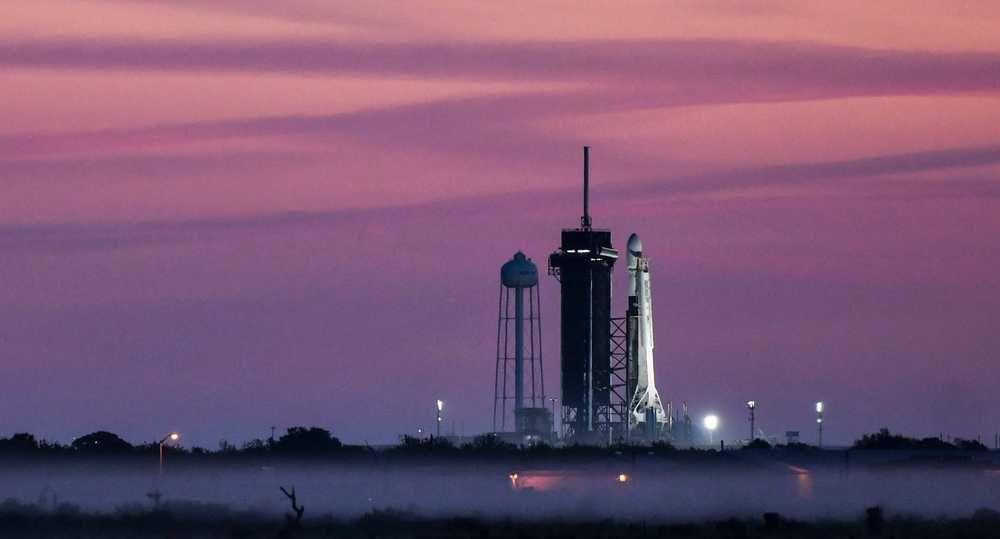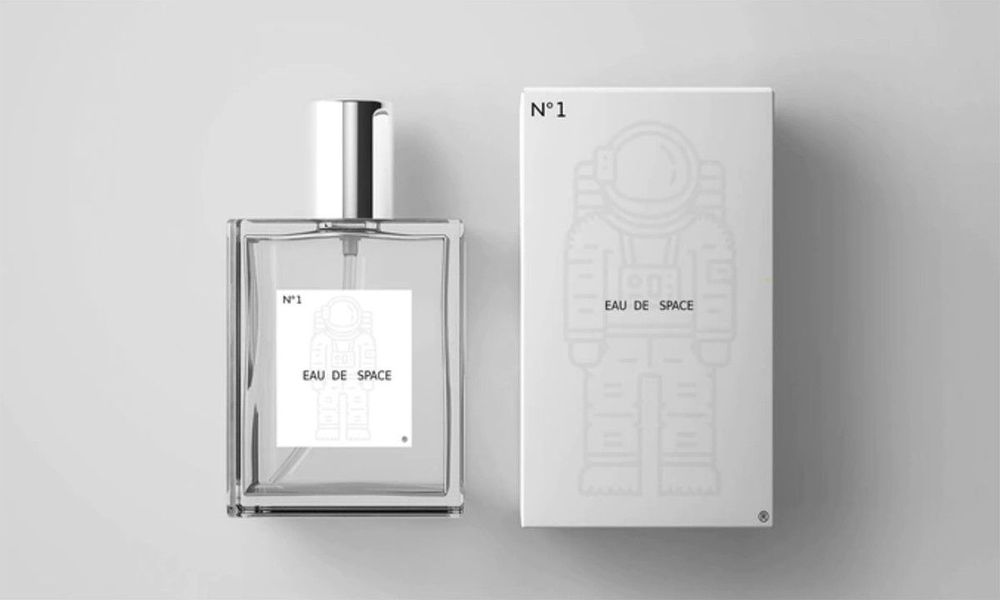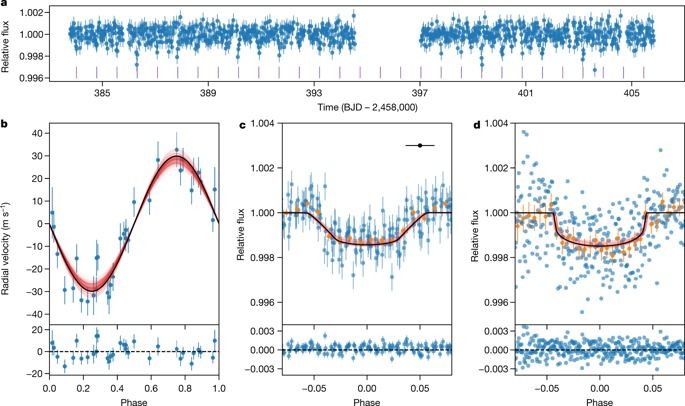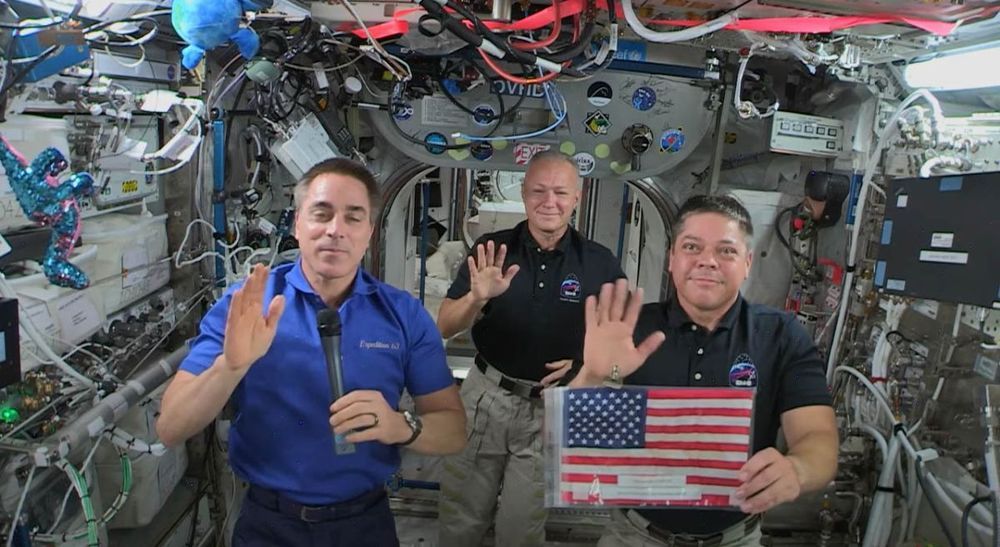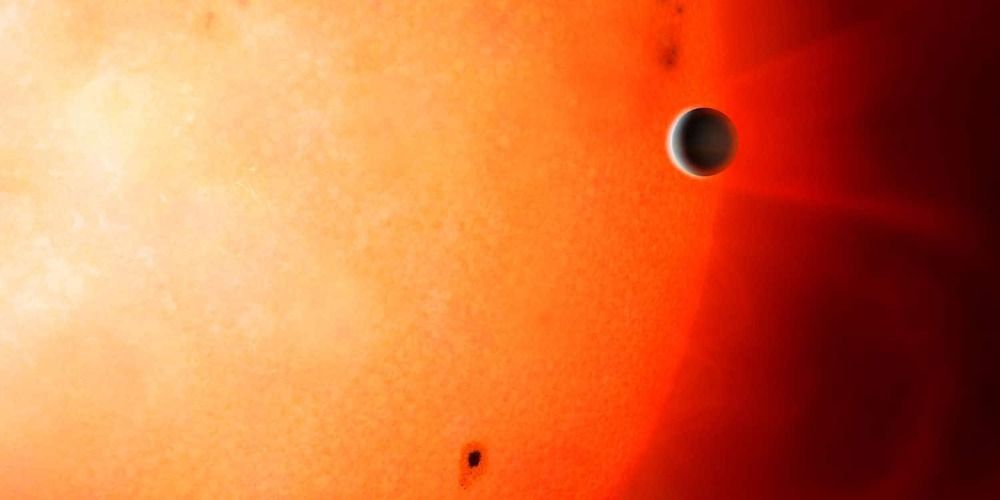The weather forecast looks mostly favorable for the Space Coast’s next launch, a mission slated to see a 230-foot SpaceX Falcon 9 rocket take flight from Kennedy Space Center on Wednesday.
Conditions are shaping up to be 70% “go” for the 11:59 a.m. liftoff from pad 39A, the Space Force said Sunday, thanks to the movement of drier air. Teams will have until 12:05 p.m. to launch.
“On Wednesday, some drier mid-level air will likely move into the area, helping to limit shower and storm coverage compared to earlier in the week,” the 45th Weather Squadron said. “The primary concern for the launch window is the cumulus cloud rule.”
